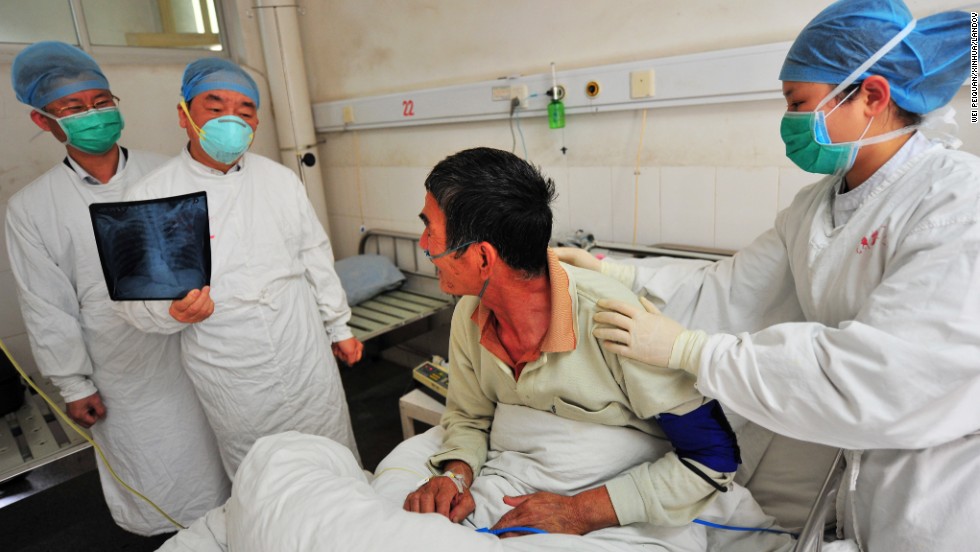A newly developed influenza vaccine against a potentially pandemic variant of the influenza virus, the H5N1 subunit virus, has been shown to be highly immunogenic in younger and older adults. In a randomized, phase 3, multicenter study, the experimental vaccine elicited high hemagglutination inhibition titers in patients aged 18 and 64 as well as those 65 and older.
The vaccine that was evaluated in the study was an MF59-adjuvanted, cell culture–derived, monovalent, inactivated, H5N1 subunit influenza virus developed by Seqirus Inc, Holly Springs, North Carolina.
Like other avian influenza viruses, influenza A (H5N1) viruses primarily circulate among wild and domestic birds and poultry, and these viruses do not normally infect humans,” Matthew Hohenboken, therapeutic area head, pandemic and other vaccines, Seqirus, told Medscape Medical News in an email.
“Given this, most of the population has no existing immunity to influenza A (H5N1), so if the virus were to become transmissible from person to person, while retaining its capacity to cause severe disease, the consequences for public health could be severe,” he added.
Two Age Groups
The study stratified 3196 participants into two age groups, those aged 18 to 64, and those aged 65 and older. Each group received one of three consecutively produced aH5N1c vaccine lots and were given either two doses of vaccine or placebo 3 weeks apart on day 1 and day 22. “After the second vaccination, subjects were monitored for 12 months for safety, for a total study duration of approximately 13 months per subject,” the authors note.
Immunogenicity endpoints were assessed by hemagglutination inhibition assay against the H5N1 vaccine strain according to standard methods. Geometric mean ratios (GMRs) were assessed at day 22, day 43, and day 183, each as compared to day 1.
“The coprimary study objectives were to determine lot-to-lot consistency across three consecutively produced lots of the aH5N1c vaccine in terms of geometric mean titers (GMT) and achievement of US Center for Biologics Evaluation and Research (CBER) criteria for the percentage of subjects achieving an hemagglutination inhibition (HI) antibody titer ≥1:40,” the investigators state.
At day 43, GMTs for each of the aH5N1c lots were 128.6 (95% CI, 118.9 – 139.1), 127.4 (95% CI, 117.6 – 138.0), and 132.2 (95% CI, 122.1 – 143.1). GMTs also increased from baseline in vaccine recipients at day 22, 3 weeks after the first dose, with a further increase at day 43, 3 weeks after the second dose, again in both age groups.
As assessed by GMRs, increases were larger in young vaccine recipients than in those 65 years of age and older, as would be expected in light of immunosenescence. The European Medicines Authority Committee for Medicinal Products for Human Use immunogenicity criteria were met by day 43 in both age groups as well. These criteria include GMRs, proportion of subjects with HI≥1:40, and seroconversion rates.
Avail the ongoing Early Bird Offer from www.medicozcommunity.com
Visit our Official Instagram https://www.instagram.com/medicozcommunity/
NExT Exam 2024 Preparation is now Easier go and grab the Early Bird Offer.






Leave feedback about this